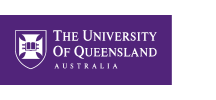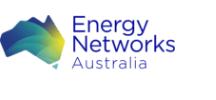
This project aims to advance industry understanding of the frequency, magnitude and nature of severe winds on energy network infrastructure. The research will help develop an evidence base to inform the design and standards of energy networks to ensure they can withstand severe winds.







